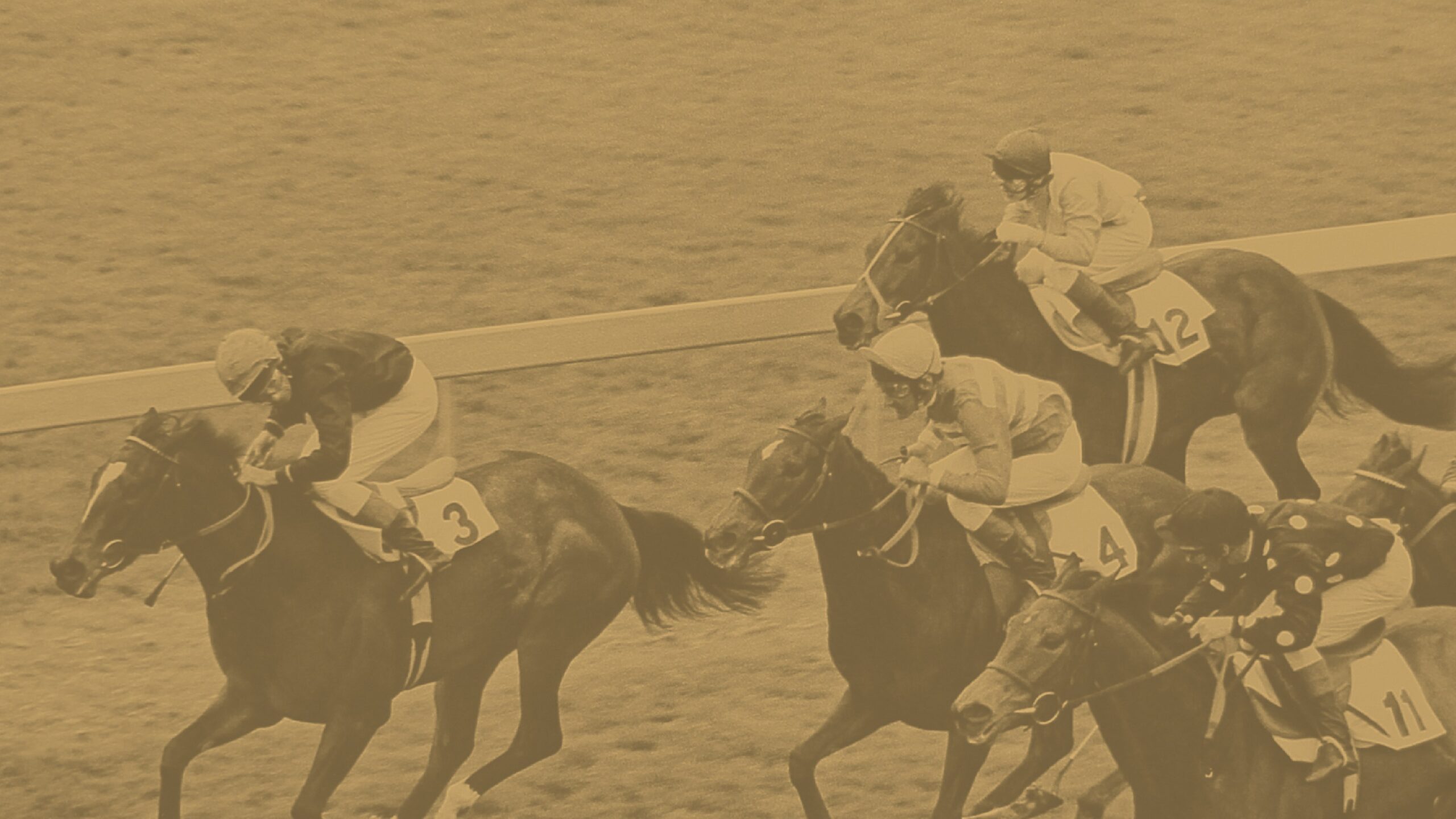King Charles II

Although the sport had existed before the reign of the ‘Merry Monarch’, modern horse racing history could fairly be described as beginning with Charles II. Racing at this time was synonymous with Newmarket, King Charles’s favourite haunt. He restored its Spring and Autumn meetings, founded the Royal Plates and encouraged and rode in matches, which were the most common and popular form of racing at that time.
In addition to all that, he developed rules for racing better suited than anything that had gone before and also adjudicated on disputes. He was instrumental in elevating its status to previously unheralded levels of popularity. Thereafter, racing could truly claim to be the Sport of Kings – and, of course, Queens. His contribution to the sport cannot be overstated.
Returned from exile to claim the throne of England in 1660 following the collapse of Cromwell’s Commonwealth, Charles II set a very different tone from that of the Puritans. He inaugurated the Newmarket Town Plate, a race still held today, confined to amateur riders, followed in later years by a series of King’s Plates, four-mile races held at various venues and each worth 100 guineas, designed to test the resilience and improve the breed of the racehorse.
No mean rider himself – he had been appointed captain of his father’s troop of horse guards in 1642 – he also participated in races. In October 1671 he rode his horse Woodcock in a match race at Newmarket against Mr Eliot’s Flatfoot. Charles lost that one but, two days later, reversed places with Mr Eliot in the Town Plate, a race also contested by Thomas Thynne and Charles’ son, the Duke of Monmouth. He won a second Town Plate in March 1674, after which Sir Robert Carr wrote in a letter: “Yesterday, his Majestie Rode himself three heats and a course and won the Plate, all fower were hard and nere run, and I doe assure you the King wonn by good Horseman Ship”.
Having rebuilt King James I’s palace, which had fallen into disrepair during the Commonwealth, King Charles attended Newmarket races several times a year, often staying for two or three weeks, surrounded by his Court and visited by ambassadors, much to the annoyance of diarist Samuel Pepys who deplored such a waste of time and money. Charles II visited Newmarket for the last time in 1684, a year before his death. Affectionately nicknamed ‘Old Rowley’ after his favourite hack, his is commemorated to this day by the Rowley Mile course at Newmarket, along with a statue behind the main grandstand.


